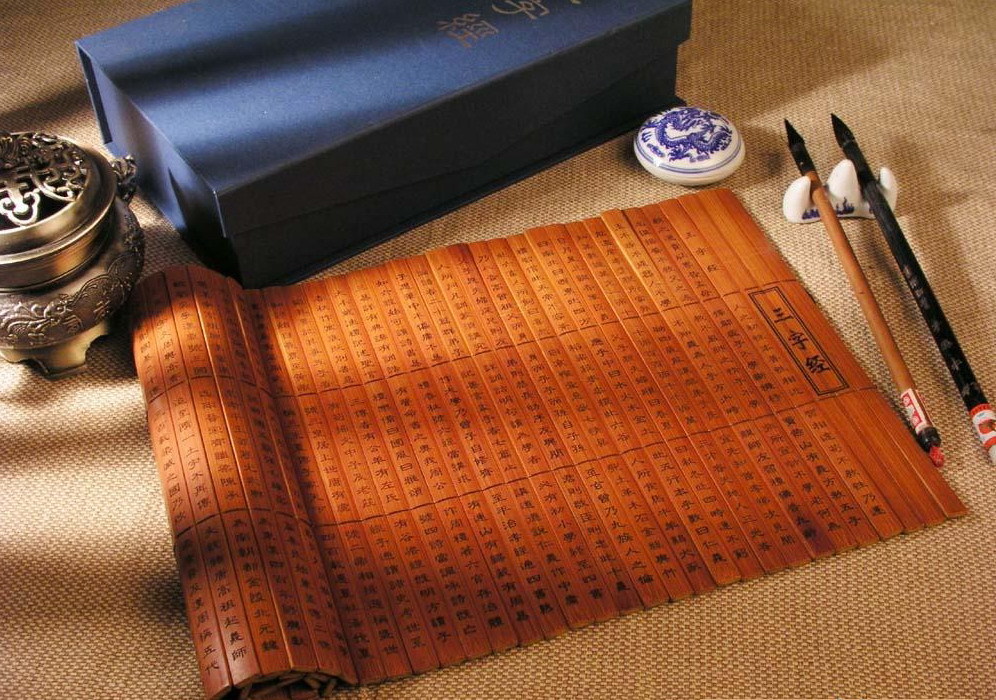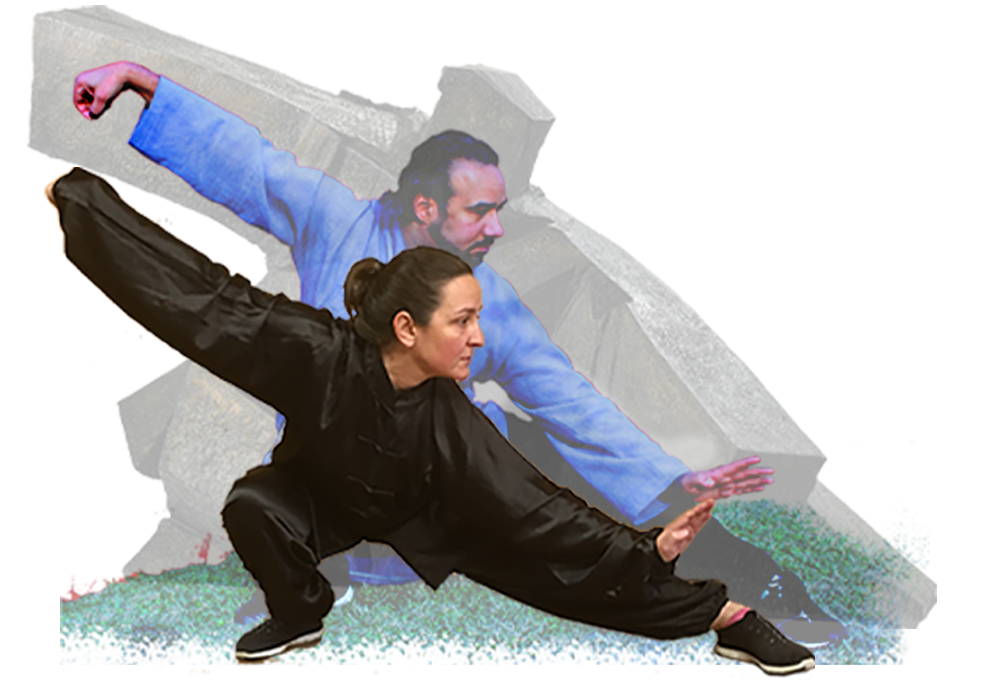The TaiJi Long Form
The TaiJi Short/Competition Forms
What's Tha Big Diff?

WE PRACTICE THE YANGJIA LONG
Of all of the places to find ‘politics’, you’d think that Taoist thought – much less TaiJi – would be the last place. But, as happens with most things when they become popular, what can only be described as politics to the less-knowledgable has found very deep roots in the minds and hearts of TaiJiQuan practitioners all over the world.
Here, at The Black Mountain Spirit School of Chinese Kung Fu in Pittsburgh PA,”We practice the YangJia long form. For traditionalists, for people deeply immersed in a combination of the martial, philosophical, and spiritual aspects of TaiJi practice, there simply is no other way. People who want to pursue a more feel-good or ‘park-style’ TaiJi are well within their rights to do so. But for those of us trying to maintain the most ancient traditions, working very hard to continuously research and refine our own practice for the purposes of contributing to this great and vast legacy that has been handed down to us, feel an obligation to those who have come before to practice the ‘Traditional Long Form’.
- Any shortening of the form means less physical exercise . The ancient masters ascribed a certain number of repetitions for a reason. The exercise that people are seeking through the practice of TaiJi because of it’s reputation is automatically truncated by the lower number of movements, and the reduced amount of time engaged in a physical activity. That aforementioned reputation comes from the people who seem to have an incredible amount of mental clarity, spiritual vitality, and physical endurance, as a result of their dedicated practice.
- The shorter forms are missing movements that, like tools missing from a toolbox, are no longer able to be employed for the purposes desired or required. Some of the techniques are specifically designed to affect your physical health, structure, and flexibility in very specific ways that cannot be reproduced through other movements. When you start cutting away at the culmination of several centuries worth of master’s life’s work for the sake of ‘time’ or ‘ease’, or most ridiculoudly to make it ‘more available’, you’re literally welding shut the gate that would have led to a practitioner’s freedom if only left alone. If it’s not broke, don’t fix it!
- Most heinously, practicing without the martial anything literally dismantles the entire process. This art, this martial art, was designed in very specific ways to activate and make present very specific processes and attributes that, although have many differing paths of evolution, are still within a very easily identifiable milieu meant to bring about very specific results. The course was set long ago by people who knew a helluva lot more than the average practitioners, whose personal experiences were much more profound than those experienced by today’s television/social media/desk-job practitioners. That’s not meant to be disparaging towards members of any of those demographics, but those members aren’t going to be anywhere near the levels of skill, awareness, strength, or experience of those who’ve spent their entire lives living and avoiding death by sheer will and the skill of their hands alone.
Let's discuss the actual differences between the 'Long' form and all of the others...
Choosing Between Them:
Which is it going to be, Long or Short?
And Now, Finally, The Long form and the Short Form, side by side.
Although the version of TaiJi that we practice has many more of the martial details than the versions displayed below, I’ve selected these 2 as the best proponents of the TaiJi Long and Short forms.
The first is an actual Yang Family member, Grandmaster Yang Jun, 5th generation lineage holder, and is the head of the Yang Family system , internationally. Regardless of what form, what teacher, what lineage, in theory he is the final authority in all matters relating to The Yang Family System of TaiJiQuan.
The second video is from Maggie Newman, someone whom I consider to be a very good practitioner of the Cheng Man Ching branch of the worlds TaiJi practitioners. If I were judging at a tournament I’d give her 10’s across the board; this is not the way that I express my TaiJi, nor what I desire from my students, but that’s because we’re on different paths, and for the one that she’s walking, I think she treads it very well.
If you'd like some Free Tips & other information to learn more about how TaiJi can keep you healthy (in ways you've Never imagined!) Please contact us through the form below.
